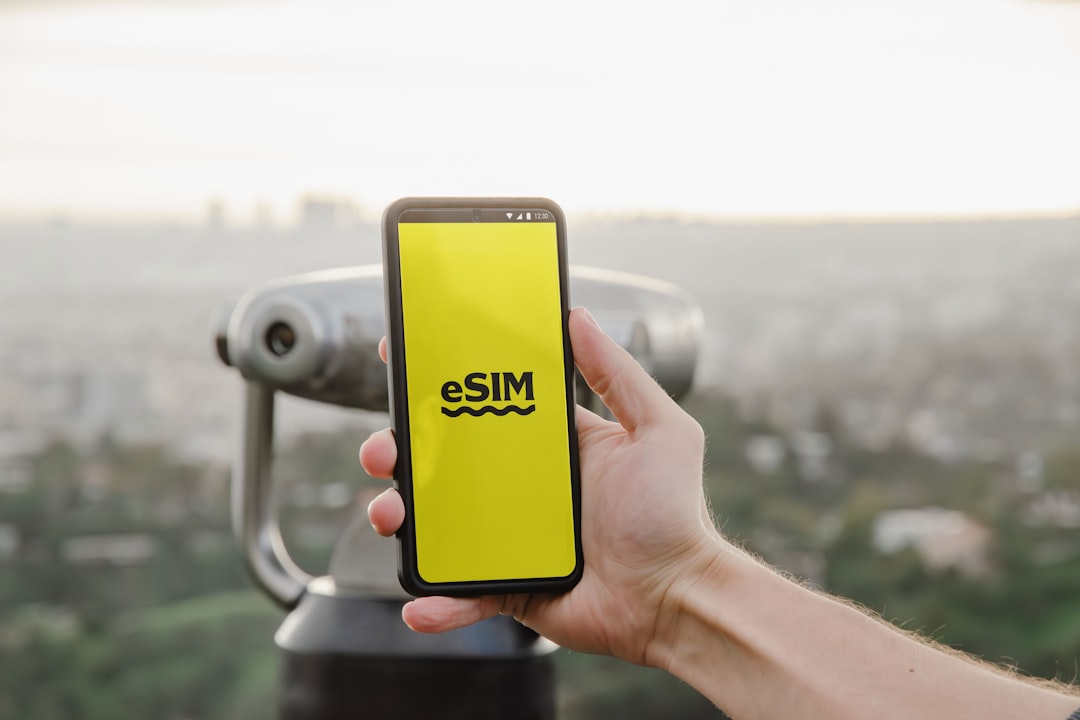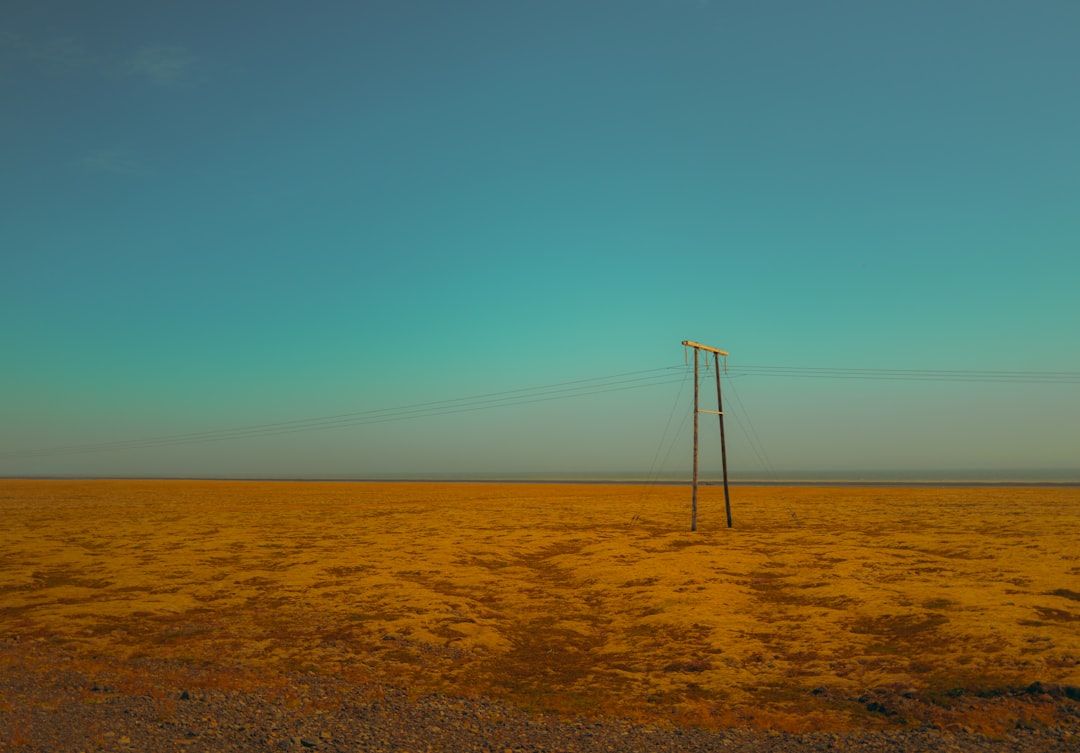Ultimate Guide to Remote Work Hotspots and Gadgets

Introduction
Remote work has turned the world into a giant office space with no walls. Professionals can now choose a seaside café in Portugal, a mountain lodge in the Andes, or a coworking hub in Bangkok as their daily workstation. The freedom to work from anywhere is exhilarating, but it also raises two fundamental questions: where should you set up shop and what gear will keep you productive and comfortable?
This guide answers both. We explore the most attractive remote‑work hotspots across the globe, break down the criteria that make a location ideal, and provide a curated list of essential travel gear and tech gadgets. Whether you are a seasoned digital nomad or planning your first extended stay abroad, the information here will help you turn any corner of the planet into a reliable office.
Choosing the Right Remote‑Work Hotspot
Before diving into specific destinations, it helps to clarify the factors that influence a good remote‑work environment. Not every beautiful city will suit a full‑time laptop lifestyle. Consider the following elements:
- Internet reliability – A stable connection with at least 25 Mbps download speed is a practical baseline for video calls, cloud work, and streaming. Look for neighborhoods with fiber or 5G coverage.
- Cost of living – Accommodation, food, coworking space, and transportation should fit your budget for the length of stay. Many nomads use a “daily budget” model to compare cities.
- Time‑zone alignment – If you need to coordinate with a team in North America, an eastern European or West‑Coast U.S. location may be optimal. Conversely, Asia‑Pacific hubs work well for collaborations with Australian or East‑Asian partners.
- Community and networking – A vibrant expat or nomad community can provide social support, professional connections, and tips on hidden local gems.
- Lifestyle and safety – Access to outdoor activities, cultural experiences, healthcare, and a low crime rate contribute to long‑term satisfaction.
By rating each prospective city against these criteria, you can narrow down the list to places that match both your work requirements and personal preferences.
Top Remote‑Work Hotspots
Below is a curated collection of cities that consistently score high on the criteria above. The selections span four regions, giving you options whether you prefer temperate coastlines, bustling metropolises, or tranquil mountain retreats.
Europe
Lisbon, Portugal – Sun‑kissed hills, a growing tech scene, and a robust fiber network make Lisbon a favorite. The city offers affordable coworking spaces such as Second Home and a thriving community of freelancers. Public transport is reliable, and the nearby beaches provide a perfect after‑work escape.
Tallinn, Estonia – Known for its e‑residency program, Tallinn combines a medieval old town with a modern digital infrastructure. The city’s 1 Gbps fiber rollout ensures lightning‑fast internet, and the cost of living remains lower than most Western European capitals.
Berlin, Germany – Berlin’s cultural diversity, expansive public transit, and abundant coworking hubs like Factory Berlin create an environment that nurtures creativity. Though rent has risen, shared apartments keep housing affordable for many nomads.
Asia‑Pacific
Chiang Mai, Thailand – Nestled among mountains, Chiang Mai offers cheap living, a relaxed pace, and a well‑established nomad community. Numerous cafes provide stable Wi‑Fi, and the city’s many monk‑led meditation centers support mental wellbeing.
Bali (Ubud & Canggu), Indonesia – The island’s lush rice terraces, surf beaches, and boutique coworking spaces such as Hubud attract creatives worldwide. While internet can be spotty in remote villages, popular districts maintain reliable connections.
Melbourne, Australia – Frequently ranking high for livability, Melbourne blends café culture with excellent broadband. The city’s tech meetups and coworking venues like The Cluster provide networking opportunities, and the public transport system is world‑class.
Americas
Medellín, Colombia – Once known for its turbulent past, Medellín has reinvented itself as a digital‑nomad haven. The “eternal spring” climate, low cost of living, and 100 Mbps municipal Wi‑Fi in many districts make it attractive for long‑term stays.
Mexico City, Mexico – A sprawling metropolis with a booming startup ecosystem, Mexico City offers high‑speed internet, diverse neighborhoods, and a culinary scene that rivals any capital. Coworking spaces such as WeWork and Púrpura provide professional settings.
Austin, Texas, USA – Austin’s reputation as a tech hub is matched by its vibrant music scene and outdoor recreation. The city’s broadband speeds regularly exceed 300 Mbps, and a growing number of coworking locations cater to remote workers.
Africa & Middle East
Cape Town, South Africa – With dramatic scenery, a moderate climate, and a burgeoning tech community, Cape Town is a top choice for those seeking adventure and connectivity. Many cafés in the City Bowl area offer reliable fiber connections.
Dubai, United Arab Emirates – For nomads who prioritize luxury, safety, and ultra‑fast internet (up to 1 Gbps in many hotels), Dubai delivers. The city’s numerous business centers and tax‑free environment appeal to entrepreneurs and consultants.
Marrakech, Morocco – Marrakech blends historic charm with modern coworking spaces like The Moroccan. While some neighborhoods have slower internet, the “Gueliz” district provides stable connections and a vibrant expat scene.
Essential Travel Gear for Digital Nomads
Having the right gear can turn a chaotic travel experience into a smooth, productive journey. Below is a checklist that balances functionality, portability, and durability.
Backpack and Luggage
- Carry‑on backpack (30‑40 L) – Look for a design with a laptop compartment, internal organization pockets, and a rain cover. Brands such as Peak Design, Osprey, and Nomatic offer sleek options that meet airline size restrictions.
- Compression packing cubes – These keep clothing compact and allow you to separate work attire from casual wear.
Power Solutions
- Universal travel adapter with USB‑C Power Delivery – A single device that covers plug types A, C, G, and others eliminates the need for multiple adapters.
- Portable power bank (20,000 mAh or higher) – Essential for long flights or cafés with limited outlets. Choose a model with both USB‑A and USB‑C ports for flexibility.
- Compact solar charger – In remote locations, a foldable solar panel can keep your devices alive when grid power is scarce.
Personal Comfort
- Travel‑size ergonomic pillow – Supports neck health during long flights and can double as lumbar support while working on the plane.
- Noise‑cancelling earbuds – Ideal for blocking out airplane engine noise or bustling coworking spaces without the bulk of over‑ear headphones.
- Lightweight rain jacket – A breathable, waterproof shell protects both you and your gear from unexpected showers.
Security Essentials
- RFID‑blocking passport holder – Prevents digital theft of personal data.
- Cable lock – Simple steel cable locks can secure laptops to desks in public spaces.
- Travel insurance – Look for policies that cover electronic devices, medical emergencies, and trip cancellations.
Tech Gear & Gadgets for Productivity
The right technology stack can make the difference between a day of focused output and endless troubleshooting. Below we outline the most versatile devices and accessories for remote workers.
Laptop and Accessories
- Ultralight laptop (13‑inch, 2‑kg or less) – Devices such as the MacBook Air M2, Dell XPS 13, or Lenovo ThinkPad X1 Nano provide enough power for most professional tasks while fitting comfortably in a backpack.
- External SSD (1 TB) – Portable SSDs like the Samsung T7 or SanDisk Extreme Pro give fast backup and file‑sharing capabilities without slowing down the main system.
- Compact USB‑C hub – A hub with HDMI, Ethernet, SD‑card, and USB‑A ports extends connectivity for laptops that have limited native ports.
Mobile Devices
- High‑end smartphone (5G capable) – A reliable phone with a strong camera and fast processor serves as a backup internet source and a tool for quick content creation.
- e‑reader or tablet – Devices such as the Kindle Paperwhite or iPad Mini allow for reading, note‑taking, and offline work without draining laptop battery.
Connectivity Tools
- Travel router with VPN support – A portable router (e.g., GL.iNet) can create a secure, private network from hotel Wi‑Fi and enable a consistent VPN connection across all devices.
- SIM‑card kit (global or regional) – Purchasing a data‑only SIM for each continent (e.g., OneSimCard, GigSky) ensures you have a fallback when public Wi‑Fi fails.
Audio & Video
- Webcam with built‑in microphone – Stand‑alone webcams like the Logitech StreamCam deliver crisp video and clear audio for meetings, eliminating reliance on laptop cameras.
- USB‑C microphone – A compact microphone (e.g., Rode NT‑USB Mini) provides professional‑grade sound for podcasts, webinars, and client calls.
Productivity Software
- Cross‑device note‑taking app – Tools such as Notion, Evernote, or Obsidian keep your ideas synced across laptop, tablet, and phone.
- Task manager with offline mode – Apps like Todoist or TickTick allow you to maintain to‑do lists even when you are offline, syncing automatically once you reconnect.
Sample Packing List for a Week in Bali
To illustrate how the gear pieces fit together, here is a practical packing list for a seven‑day stay in Bali’s Ubud district.
| Category | Items |
|---|---|
| Backpack & Organization | 35 L travel backpack, 2 packing cubes, toiletry bag |
| Clothing | 3 breathable shirts, 2 lightweight long‑sleeve shirts, 2 pairs of quick‑dry pants, 1 pair of shorts, 1 swimsuit, 1 light rain jacket, 5 pairs of underwear, 5 pairs of socks |
| Footwear | Comfortable walking sandals, lightweight sneakers |
| Tech | 13‑inch ultralight laptop, external SSD (1 TB), USB‑C hub, travel router with VPN, universal adapter, 20,000 mAh power bank, noise‑cancelling earbuds, portable webcam, USB‑C microphone |
| Mobile | 5G smartphone, global SIM card, e‑reader |
| Power | USB‑C wall charger (65 W), solar charger (foldable) |
| Comfort | Travel pillow, compact rain jacket, reusable water bottle |
| Security | RFID passport holder, cable lock, travel insurance documents |
| Work Essentials | Notion app installed on all devices, Todoist offline lists, VPN subscription, local coworking space membership (e.g., Hubud) |
| Health | Basic first‑aid kit, any prescription medication, sunscreen, insect repellent |
This list balances work needs with the laid‑back lifestyle Bali offers. Adjust the quantities based on personal preferences and the length of stay.
Tips for Staying Productive on the Road
- Set a daily routine – Even in an exotic locale, having a consistent start‑up time, lunch break, and end‑of‑day wrap‑up signals your brain that it’s work time.
- Choose a dedicated workspace – Whether it’s a coworking desk, a café with a power outlet, or a quiet corner of your Airbnb, a defined area reduces distractions.
- Leverage time‑zone differences – If you’re ahead of your main office, use the quiet morning hours for deep work, then reserve late afternoons for meetings.
- Batch communication – Limit email and chat checking to three set periods per day to avoid constant interruptions.
- Prioritize physical movement – Short walks, yoga sessions, or a quick surf lesson keep energy levels high and prevent the “couch‑potato” syndrome.
Health and Wellbeing
Remote work can blur the line between professional and personal life, especially when the scenery is constantly changing. Incorporate these habits to stay healthy:
- Hydration – Carry a refillable bottle; aim for at least 2 liters of water daily, especially in hot climates.
- Nutrition – Balance local street food with fresh fruits, vegetables, and protein sources. Meal‑prep in the evenings if your accommodation has a kitchen.
- Sleep hygiene – Use blackout curtains or a sleep mask, keep a consistent bedtime, and limit screen exposure an hour before sleep.
- Mental health – Join local meet‑ups or virtual communities for social interaction. Practice mindfulness through meditation apps or local yoga studios.
Budgeting and Money Management
Managing finances across borders requires planning:
- Multi‑currency account – Services like Wise or Revolut let you hold and exchange several currencies at low fees, ideal for paying rent, coworking spaces, and daily expenses.
- Track expenses – Use budgeting apps (e.g., Mint, YNAB) to monitor spending in real time and avoid surprise deficits.
- Local banking – In longer stays, opening a local bank account can reduce transaction fees, especially for recurring payments such as utilities.
- Tax considerations – Consult a tax professional familiar with remote‑work regulations to ensure compliance with home‑country tax obligations and any local filing requirements.
Conclusion
The remote‑work revolution empowers you to blend career ambitions with the desire to explore the world. By selecting a hotspot that offers reliable internet, an affordable cost of living, and a supportive community, you set the stage for sustained productivity. Complement that environment with a thoughtfully curated set of travel gear and tech gadgets, and you eliminate the friction that often accompanies a nomadic lifestyle.
From the cobbled streets of Lisbon to the bamboo‑framed cafés of Chiang Mai, the globe is dotted with locations that can serve as your next office. Armed with the right tools, a solid routine, and an eye on health and finances, you can turn any destination into a thriving base for work and adventure alike.
Happy travels, and may your Wi‑Fi always be strong.
Random Posts

Your First Steps Into Nomad Life with the Ultimate Guide and Resources
Start your nomad adventure with a clear roadmap: mindset tips, packing essentials, income strategies, and a curated resource list to launch a flexible, location-independent life confidently.
1 month ago

Travel Insurance Tips Every Nomad Should Know
Discover essential travel-insurance tips for nomads: pick the right coverage, avoid common pitfalls, and safeguard your health, finances, and legal needs while you explore the world.
1 month ago

Mastering the Nomad Lifestyle Essential Packing Guides and Resources
Adopt a minimalist mindset: pack only items that boost work, health, safety or true joy. Treat weight as currency, choose versatile, durable gear, and travel lighter, cheaper, and freer
2 months ago

Beginners Roadmap To Freedom On The Move
Follow a step-by-step roadmap that shifts your mindset, builds a lean financial base, equips you with essential gear, sets up remote work, handles legal basics, and creates healthy habits for sustainable nomadic freedom.
1 week ago

How to Travel Light While Embracing Minimalism
Travel light, live free: minimalism trims your bag, boosts spontaneity, sharpens focus, and cuts your eco footprint. Learn the mindset, tools, and steps to pack only what truly matters.
1 month ago
Latest Posts

Essential Software Every Remote Professional Should Use
Master remote work with essential tools: instant messaging like Slack, high definition video calls such as Zoom, and asynchronous voice apps. Streamline communication, stay connected and boost productivity.
1 day ago

Mastering Remote Work Productivity for Digital Nomads and Freelancers
Learn proven habits, tools, and tactics that help digital nomads and freelancers stay focused, deliver quality work, and maintain a sustainable lifestyle while traveling the world.
1 day ago

Tech‑Friendly European Towns Perfect for Remote Living
Discover Europe’s best small towns where fast internet, affordable living and vibrant tech communities let you work remotely while soaking up historic charm, lakeside views or mountain air.
1 day ago